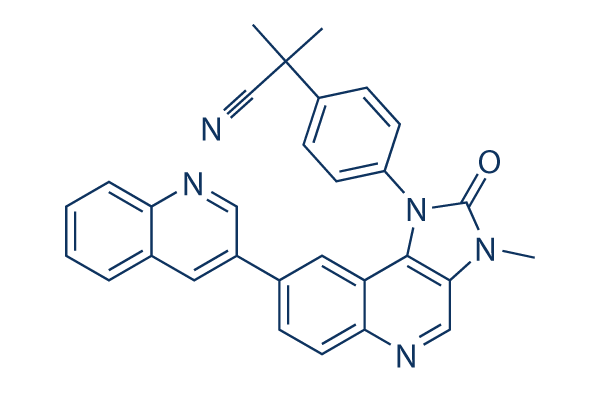HR tumors are fre quently of luminal A or luminal B subtypes, while receptor adverse tumors are most usually of HER2 enriched or basal like subtypes. Recent massive scale breast can cer genome scientific studies have uncovered that each molecular subtype has certain pattern of genomic alterations and notably, tumors of HER2 enriched and basal like subtypes harbor lots of a lot more rearrangements compared to the luminal A subtype, which mostly includes receptor optimistic breast tumors. On this get the job done, we carried out full genome sequenc ing on 15 hormone receptor detrimental breast cancers to detect somatic gene rearrangements. Long insert mate pair sequencing with 2. five kb insert dimension was picked for increased detectability. PCR and Sanger sequencing confirmation of chosen structural variants identified forty novel somatic gene rearrangements and 29 genes directly impacted by these alterations.
We also dem onstrate the likely biological functions of some affected genes by these rearrangements by RNA interference in breast cell lines. Outcomes Landscapes of rearrangement selelck kinase inhibitor Thirteen breast cancers were sequenced with Existence Tech nologies Sound three, from which a complete of 119 Mb mate pair reads have been obtained, corresponding to an typical nucleotide coverage of 0. three fold and an regular clone coverage of eight fold per sample. Two further breast tumors had been sequenced with Reliable four to a go through depth of 3 fold nucleotide coverage and 80 fold clone coverage on normal. Structural variations while in the form of deletions, insertion, chromosomal translocations or inversions were observed in 8% of all mate pairs.
The proportions and forms of SVs differ between tumors, with two tumors acquiring a huge number of insertions though another samples have substantially fewer, ranging from three to 260. In total, 165 putative rearrangements had been picked for validation, and 100 yielded goods selleckchem steady using the predictions through the mate pair sequencing. Of these, 60 have been also noticed in patient matched usual tissue suggesting the presence of constitutional SVs, when forty have been observed only in tumor tissue and thought of to be genuine somatic rearrangements. Somatic SVs in individual tumors, such as 8 deletions, 6 inver sions and 26 interchromosomal translocations, are proven in More file 4. Interestingly, in one tumor sample, we observed at the very least five validated trans areas between chromosome 15 and 21, which could imply chromothripsis.
Genes impacted by rearrangements Twenty nine genes had been predicted for being straight affected through the forty validated somatic rearrangements,  as well as genes previously reported to get altered in cancer at the same time as genes which have not still been associated to cancer. Applying Gene Ontology like a reference for poten tial gene functions, we identified that these 29 impacted genes are concerned in various biological processes such as epigenetic regulation, cell mitosis, signal transduction and some others.
as well as genes previously reported to get altered in cancer at the same time as genes which have not still been associated to cancer. Applying Gene Ontology like a reference for poten tial gene functions, we identified that these 29 impacted genes are concerned in various biological processes such as epigenetic regulation, cell mitosis, signal transduction and some others.
IKK signal
IKK is an enzyme complex
